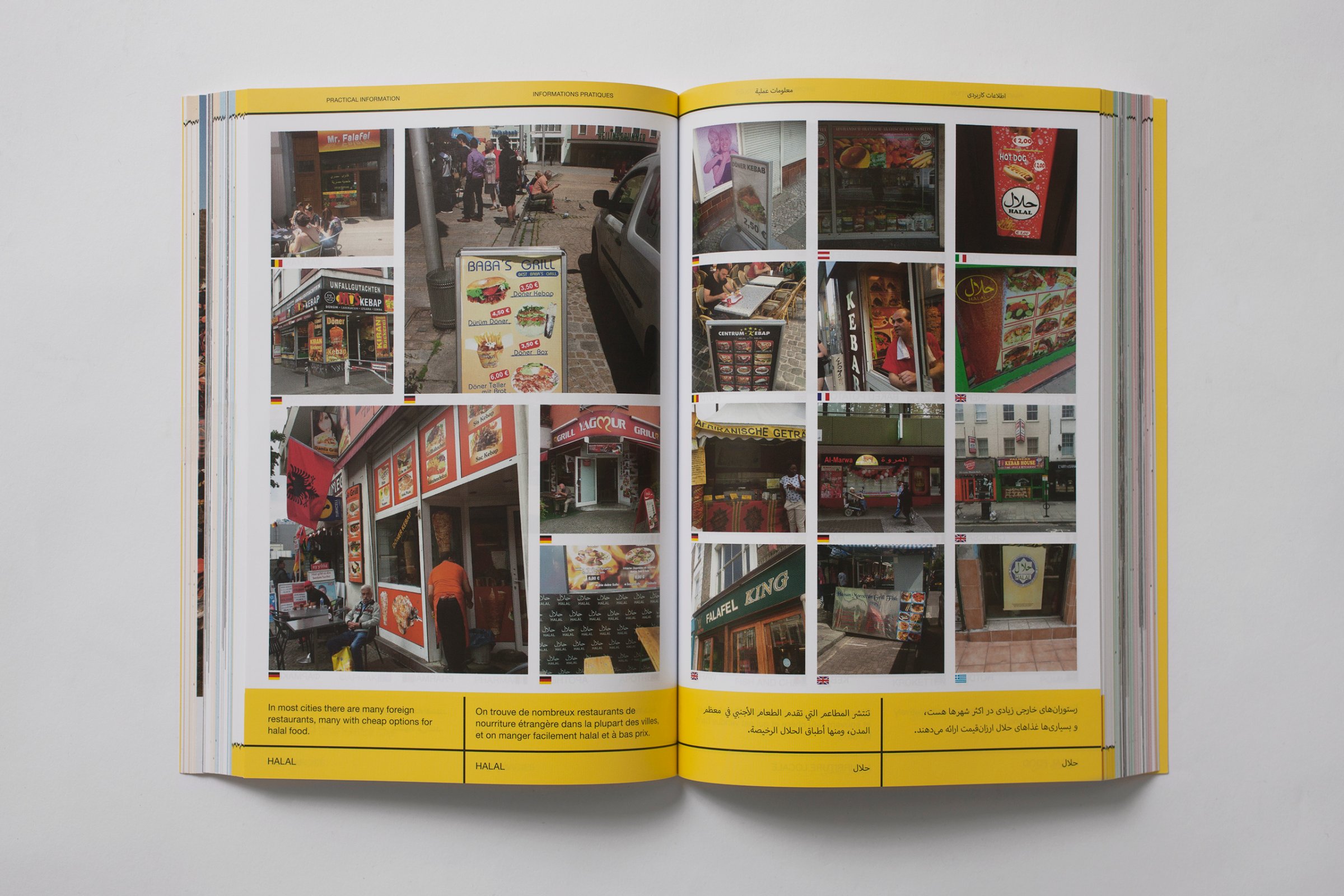
Mirhatam Safi was 17 when he left Afghanistan. That was after the Taliban had repeatedly tried to recruit him. They first came for him when he was 15. “When I refused, they tortured me and broke my leg,” he says. “Staying was not an option.”
Now, Safi lives alone in Lubbeek, Belgium, having left his family behind. “I’m in school in a class with other refugees,” he says. “I now understand the true meaning of education. One day I hope to be a doctor.”
Thousands of refugees have come to Europe in recent months and years, escaping war in Syria, Iraq and Afghanistan, each with his or her own story. Safi’s is one such story published in Europa, a new book developed by Magnum photographer Thomas Dworzak with the help of various organizations such as Cortona on the Move and the Arab Fund for Arts and Culture and the leadership of Jessica Murray and the Al-liquindoi organization. Europa isn’t a photobook; it’s an “illustrated introduction to Europe for migrants and refugees” written in four languages — French, English, Farsi and Arabic and available at no charge to NGOs, refugees and migrants. The book brings together facts about Europe’s history, especially its migratory past, with current information about how European countries welcome refugees and migrants.
“When I was documenting the refugee crisis myself and talked to refugees, all they had were questions,” Dworzak tells TIME. “They didn’t ask for money. They asked questions; lots of practical questions.”
Confronted with that reality, Dworzak’s first idea had been to develop a travel guide to Europe for refugees, but such a guide would need to be constantly updated to stay relevant. That’s when the book’s authors pivoted to a historical and sociological guide to Europe, says Alia Malek, the book’s content editor. With the new focus, they could use archive images from Magnum’s members alongside photographs shot during the current migration crisis. The targeted audience: migrants and Europeans alike.
“I met so many Syrians who tell me that what happened in Syria is unlike anything that’s ever happened in human history, and we were having these conversations on the boarder of Serbia and Croatia,” says Malek. “It’s not that people don’t know Europe’s history, but it’s totally abstract. It seemed to me kind of sad that people were talking about this while they were making their way to the European Union, which was created to avoid these kinds of conflicts that you now see taking over the Middle East.”
Throughout Europa, the book’s editors looked to create a dialogue between the people who are now fleeing war and those who already inhabited the nations where they’ve ended up. To do so, the book’s authors use testimonies from people who made their move to Europe decades ago, such as Hallow Salam, an Iraqi Kurd who fled to Germany 20 years ago, or Yonous Muhammadi, an Afghan doctor established in Greece since 2001. Another section of the book includes a series of images Dworzak shot all over Europe (with the support of a Magnum Foundation Emergency Fund grant) to create a visual survey of places like supermarkets, pharmacies and train stations – places refugees and migrants seek once they’ve made the crossing from Turkey or Libya.
The book is not meant for photobook collectors, says Dworzak. Instead, the 5,000 copies printed are being distributed, free, to organizations working with refugees all over Europe.
“I want it to be out as much as possible among the people who really need it,” he tells TIME.
To download a free eBook version of Europa: An Illustrated Introduction to Europe for Migrants and Refugees, visit the Arab Fund for Arts and Culture website and Magnum Photos.


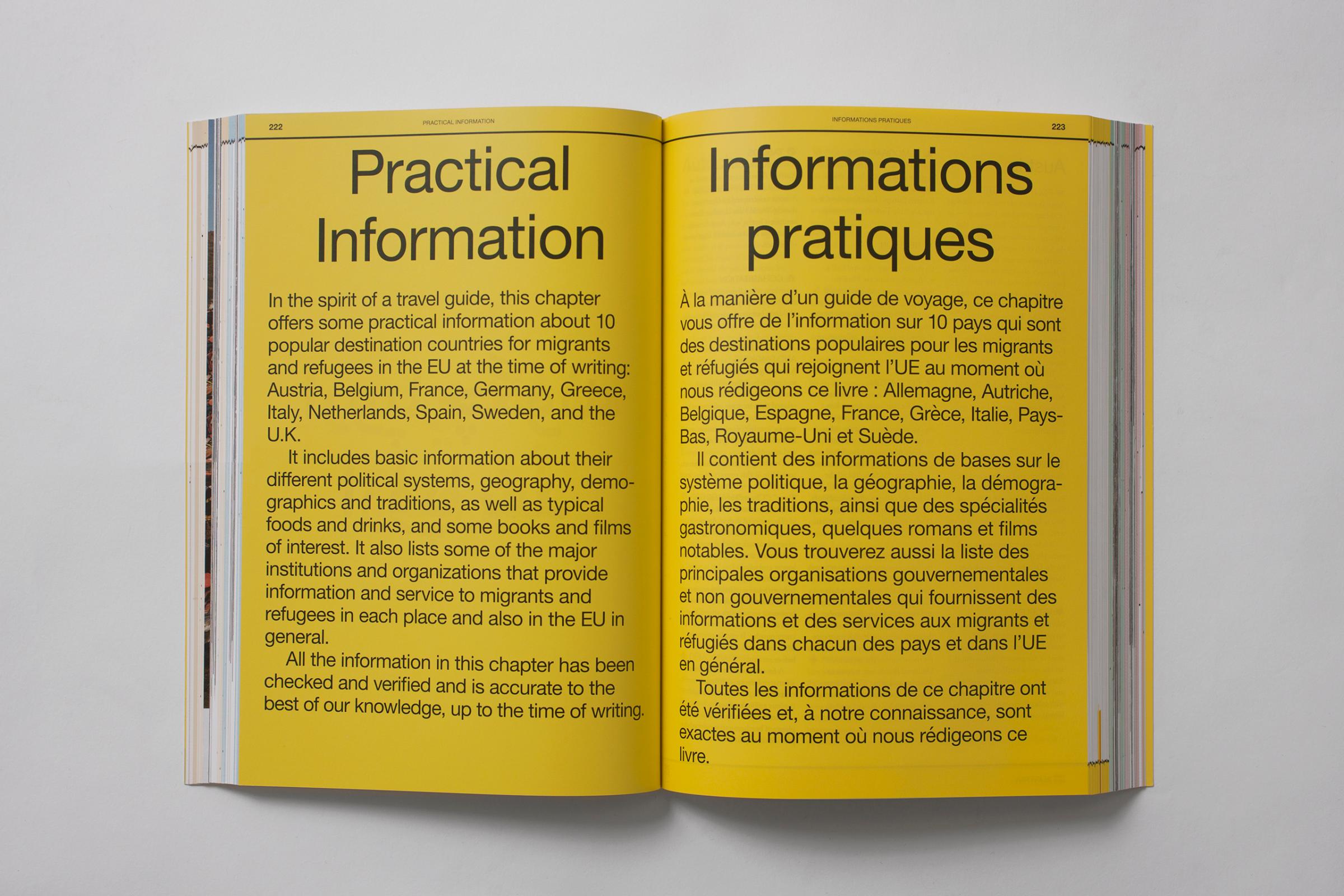
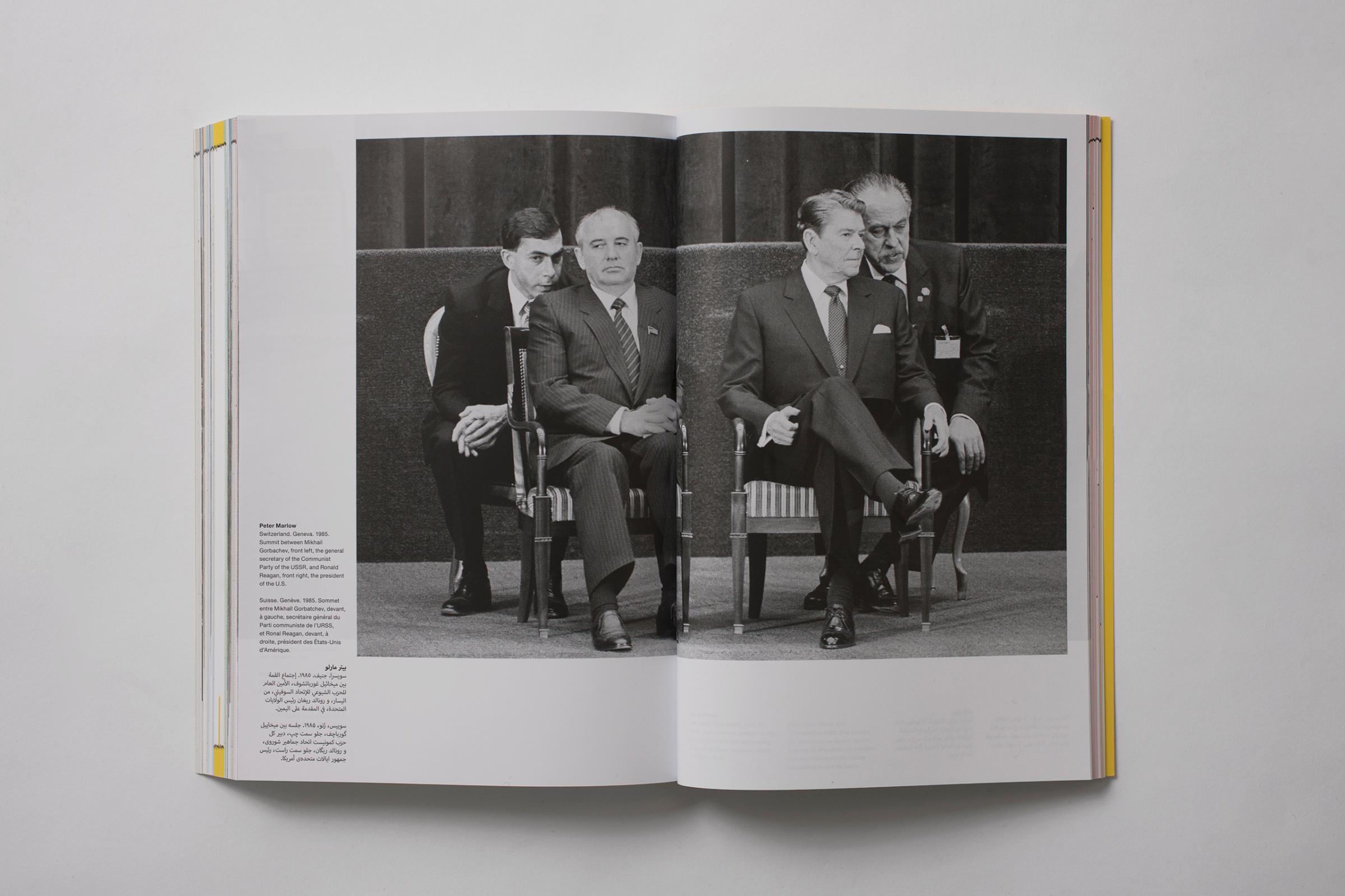

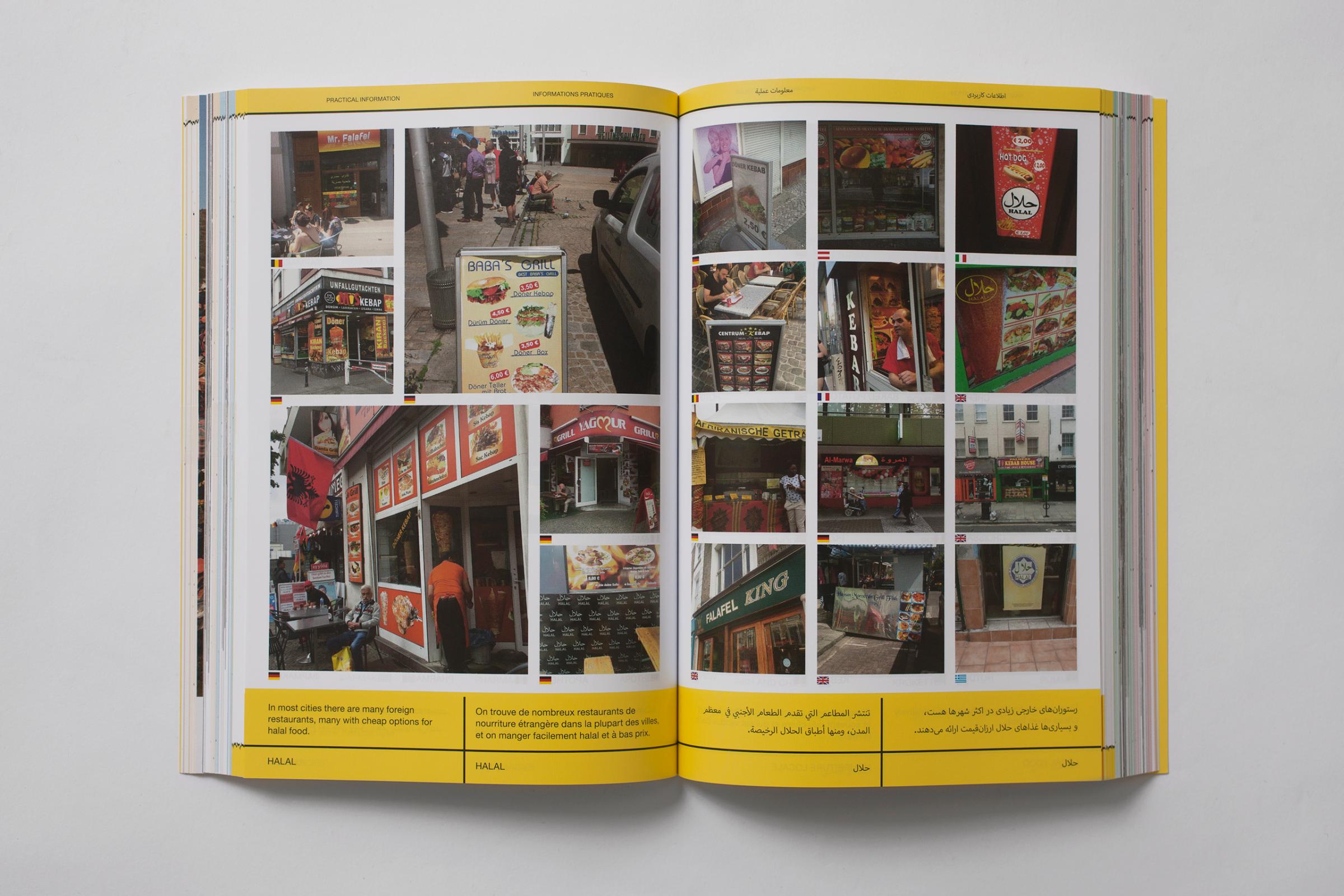
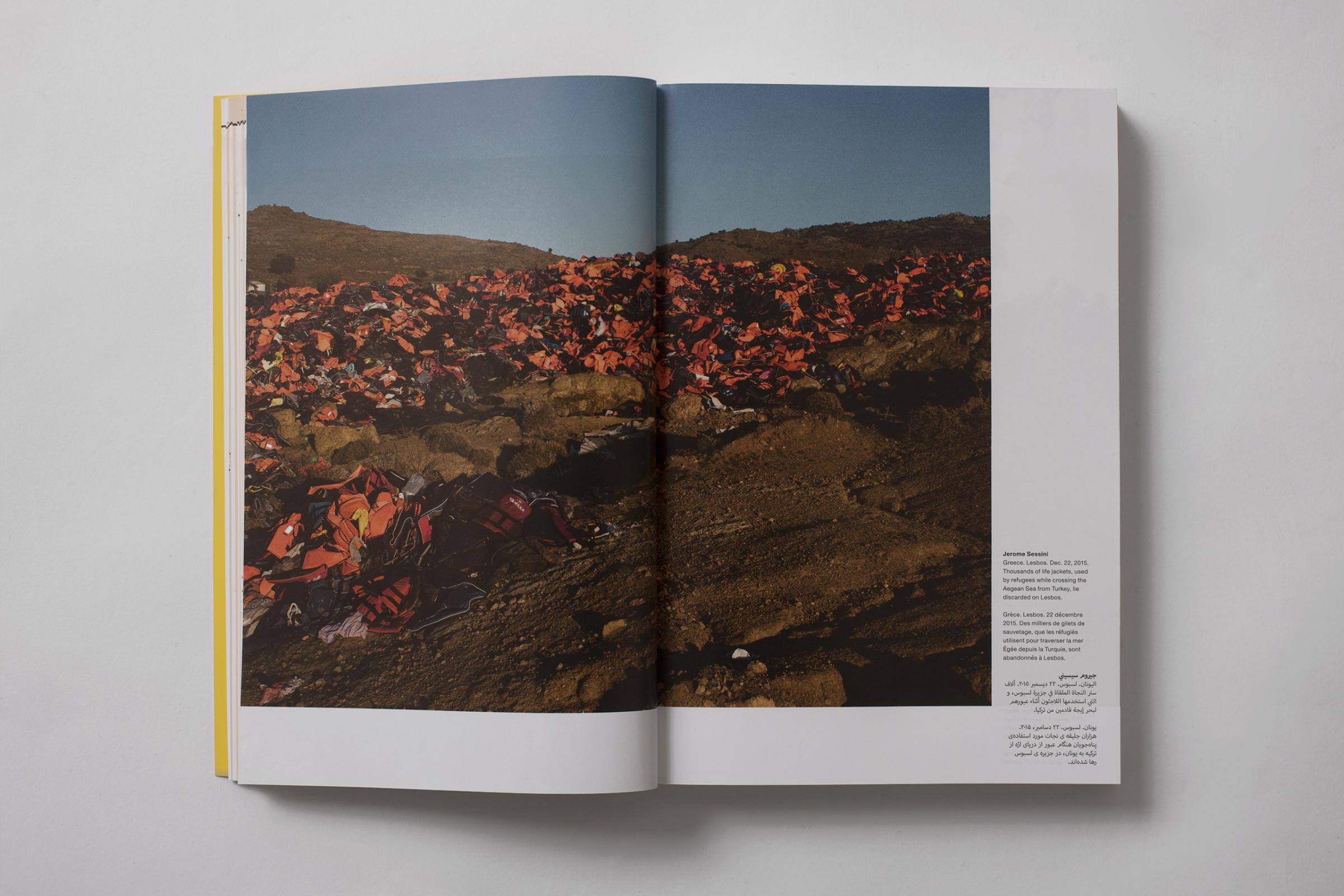
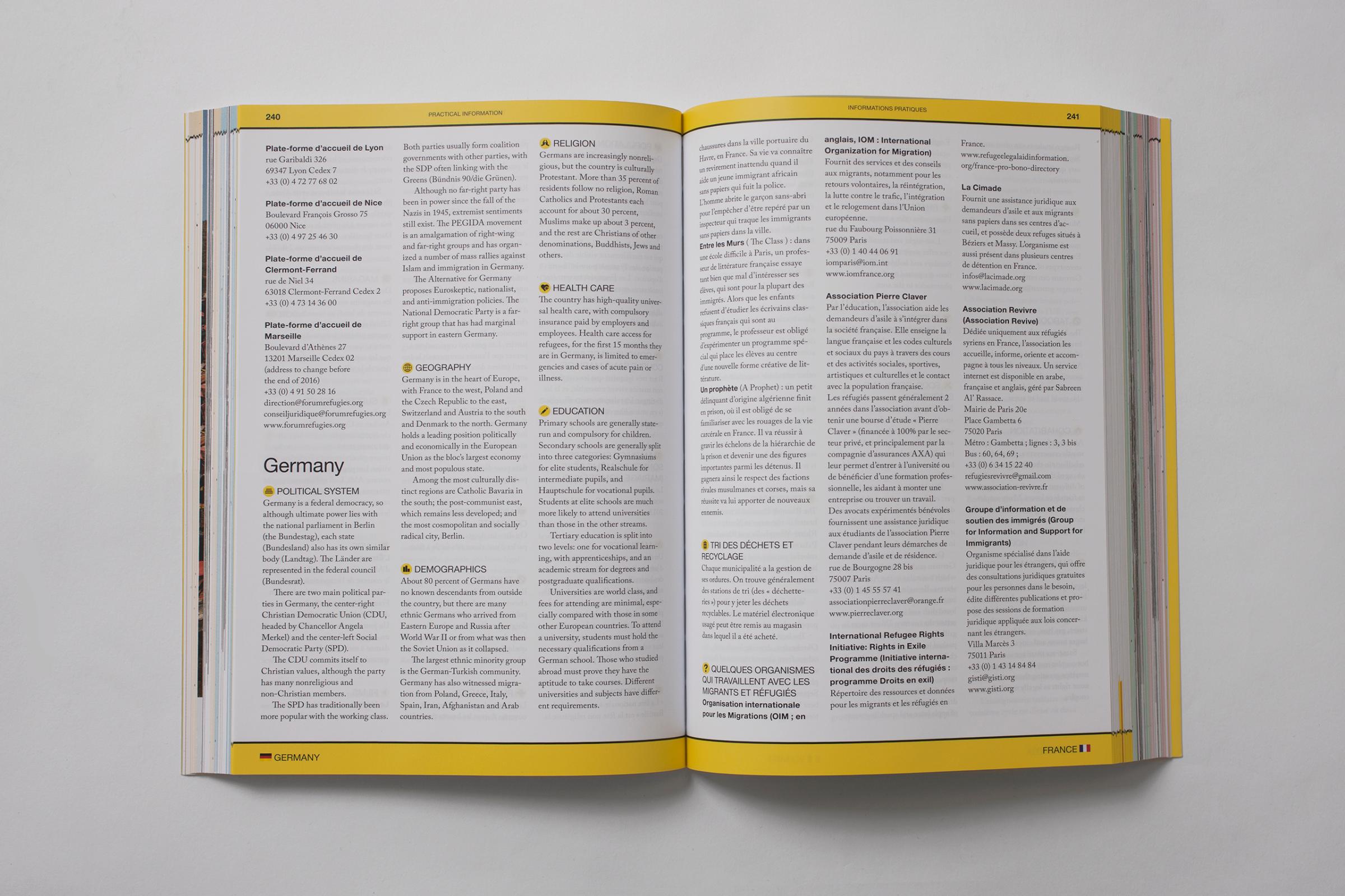


More Must-Reads from TIME
- Why Trump’s Message Worked on Latino Men
- What Trump’s Win Could Mean for Housing
- The 100 Must-Read Books of 2024
- Sleep Doctors Share the 1 Tip That’s Changed Their Lives
- Column: Let’s Bring Back Romance
- What It’s Like to Have Long COVID As a Kid
- FX’s Say Nothing Is the Must-Watch Political Thriller of 2024
- Merle Bombardieri Is Helping People Make the Baby Decision
Contact us at letters@time.com